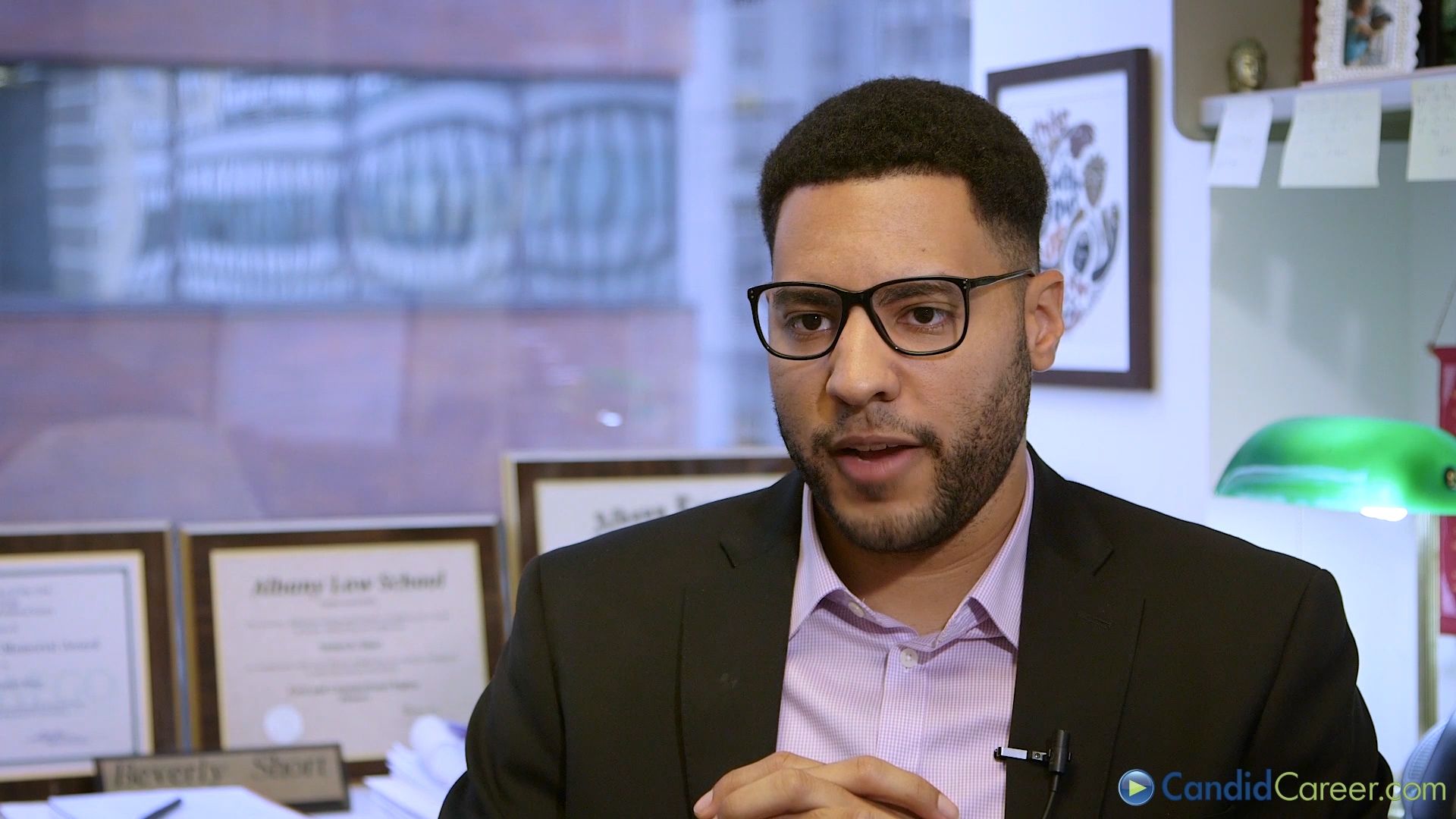
Joint and several liability refers a common-law legal system that allows more than one person to be liable for the exact same liability. If they are jointly liable for the same act, then two or more people can be considered joint liable. This makes it unfair for both the defendants, and the injured party. There are many ways to assign liability in cases where there is joint and several liability. Below are some important factors to consider when deciding whether you are jointly or multiplely liable.
Limitation of joint/severe liability
Joint and several liability, despite being an important legal concept has been the subject for much debate in recent times. Its history shows that the concept failed to keep pace with changing legal landscapes and didn't adequately protect professionals. While it is possible to argue that joint and numerous liability may have prevented many professionals from entering this field, there are other liability options that could lower the risk of being sued. Let's face it, liability can be limited in many ways.
A first step to limit joint or multiple liability is to find out the percentage of fault held by each defendant in the case. This rule states that if one defendant is 50% at fault, it can't be held jointly responsible for more than 50%. If the plaintiff is responsible for more than half of the blame, the defendants will only be jointly liable for a percentage of noneconomic damage. This limitation only applies to the plaintiff's claim, however.

Inequitable to defendants
The concept of joint and several liability developed under very different circumstances from those that prevail today. A defendant could not be held responsible for the losses of a plaintiff if the plaintiff was also contributingly negligence. Liability for professionals was based on contract, and tort recovery for pure economic loss was not possible. The courts were limited in their ability to assign liability among multiple defendants.
Proponents and supporters of proportionate negligence argue that joint-and-single liability can cut costs by preventing excessive damages for aggrieved Plaintiffs. Proportionate liability advocates point out that it can reduce the number of trials or settlements by settling liability for a loss in one trial and establishing a proportion of liability among the defendants. Joint and multiple liability opponents argue that Canadian law will likely be less competitive due to joint and numerous liability.
Protection for injured persons
A comparative blame rule limits the amount an injured person can collect from a single party. The defendant's greater fault, the smaller the amount the injured party can collect. Comparative fault cases do not have a joint and multiple liability rule. This means that plaintiffs may still need to seek damages from the least responsible party. This rule is popular in the U.S., and it is usually preferred in personal injury cases.
Multiple-party negligence cases allow injured parties to seek compensation from all persons or companies legally responsible for their injuries. Joint and several liability protection allows them to obtain damages. Multiple employers or architects may be liable for damages caused by asbestos exposure. The injured party can collect from as many liable parties possible by using joint and multiple liability.

Guidelines for apportioning liability
Over time, the rule of apportionment has changed in tort law. In the early 20th century, apportionments were widespread, but the courts slowly abandoned them. Courts began to shun apportionment because it could lead to invidious distinctions and serious conflicts of interests. Today, most defendants prefer pro rata contribution, which guarantees them a higher offset in a case taken to trial.
A defendant's share of responsibility in negligence cases is calculated according to his or Her percentage of fault. If there is more than one defendant at fault, the court will reduce damages for each defendant proportionally to their percentage of fault. Equally, damages cannot be claimed by the plaintiff if one defendant was 50% at fault. This rule was ultimately interpreted inconsistently in many states.
FAQ
What does it mean to be a pro bono attorney?
Pro bono lawyers provide free legal services to those who are unable to pay. Although they are lawyers who do this part of their work, many do it in their spare time. You can do pro bono work for elderly clients or indigent people.
Which law firm is the most lucrative?
Law firms that have been in existence for decades and have established themselves to be leaders in their industry are the highest-paid. Because they provide outstanding service at an affordable price, they have built a loyal client base. These firms offer excellent benefits such as retirement plans or health insurance.
How do lawyers make their money?
Lawyers are paid hourly for the time spent on legal matter. Hourly rates can vary depending on the complexity of the matter or the level of experience of a lawyer.
Because of their years of experience, most lawyers charge more for an hour because they are highly skilled.
As a less experienced lawyer, he/she may charge lower hourly rates because he/she has learned how to manage cases more efficiently.
In addition to hourly rates, lawyers often receive additional compensation for handling certain types of cases. If they are acquitted, for example, criminal defense lawyers might be eligible to receive bonuses.
What is the difference of a paralegal versus a legal assistant
Paralegals are trained in specific tasks, such as filing, typing, or researching. Legal assistants may assist attorneys in preparing pleadings, drafting motions, or researching. Both types of professionals aid attorneys in completing their workload.
Do all lawyers have to wear suits?
No, not necessarily. Some people prefer casual attire while others like suits. Many lawyers dress casually. Some states, however, require lawyers to wear business attire.
Statistics
- According to the Law School Admission Council, the number of people applying for these programs was up 13% last fall. (stfrancislaw.com)
- According to the Bureau of Labor Statistics, the average annual salary for lawyers in 2020 was $126,930. (stfrancislaw.com)
- Just 59.2 percent of 2015 law school grads held full-time, long-term jobs as lawyers 10 months after graduation, according to data from the American Bar Association (ABA). (rasmussen.edu)
- According to a 2019 Robert Half Legal Consulting Solutions survey, 54% of law firms were planning to expand their legal teams. (stfrancislaw.com)
- A Johns Hopkins study of more than 100 professions found lawyers the most likely to have severe depression—four times more likely than the average person. (rasmussen.edu)
External Links
How To
How to become lawyer
How to become an attorney? First, you must decide what kind of law practice you want. There are many types, including criminal, family, real estate, corporate and other forms of law. If you want to specialize in one type of law, then you must study that specific area of law. For example, to specialize in Family Law, you need to complete courses and take exams. This field will teach you how cases are handled. After passing these tests, you can apply for admission to a school where you can get training on how to work in this field. This process can take years. Before you start this journey, make sure that you truly want to be a lawyer.
You can also study law at college to be a lawyer. You will then earn a bachelor's in law. You can then start your career as a paralegal/legal assistant. A person who works as a paralegal helps lawyers prepare their documents and files. He/she gathers client data, prepares contracts and drafts court papers. As a legal assistant, you will be responsible for answering the phones and filing paperwork. Because it's very rewarding, many people decide to become lawyers after college. There are other options than going to college to become a lawyer. A lot of people make the decision to become a legal professional without any formal education. They read articles and books on the law, and then try to figure how to become a lawyer. Without a college degree, it is difficult to become a lawyer. Most states require that applicants have a law degree. Judges prefer applicants who have completed law school.
If you don’t know the type of law that you prefer, you need to consider your interests. Are you someone who enjoys helping others? Do you have an interest in politics? Perhaps you are more interested in helping people than arguing against them. Whatever your interest is, you can use it to become a lawyer.
Joining a law office is another option to becoming a lawyer. Lawyers usually join a law firm because they feel passionate about the job. Lawyers love helping people and arguing cases. However, you might not want to spend your whole life doing work you hate. You could start your own business instead of joining a legal firm. You might hire someone to help. Either way, you will still be able to help people.
A bachelor's degree is not required to be a lawyer. You can either enroll in an online law school or get an associate's degree in law. Both options will provide enough knowledge for you to become a legal professional. Online law schools offer flexible schedules and classes that fit your busy schedule. An associate's degree gives you more practical experience and hands-on learning.
The bottom line is that you need to be prepared to work hard if you plan to become an attorney. You will need the ability to study each day, pass exams, as well as complete internships. Even though you may not enjoy studying all the time, you will eventually see the benefits of being a lawyer.